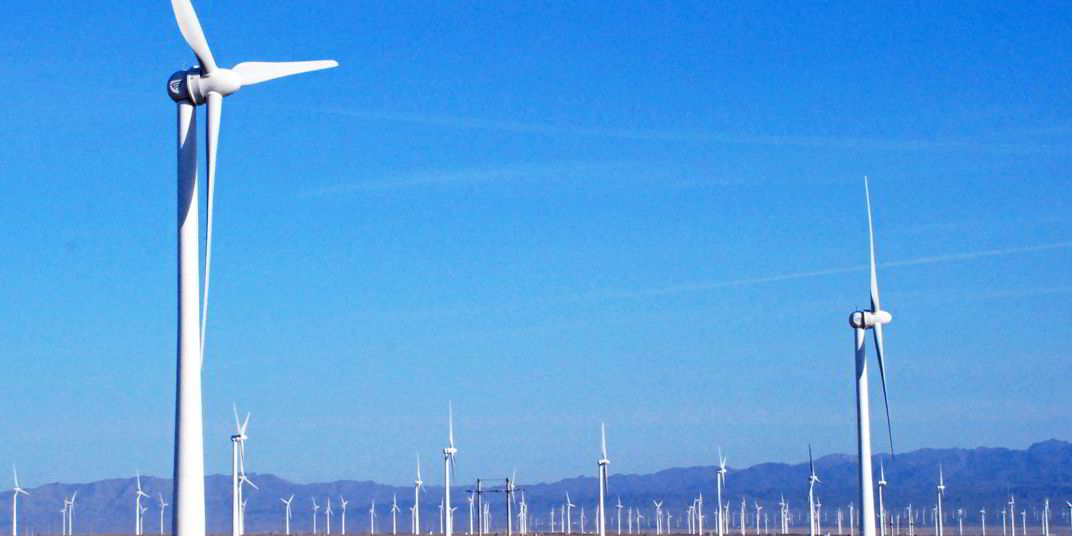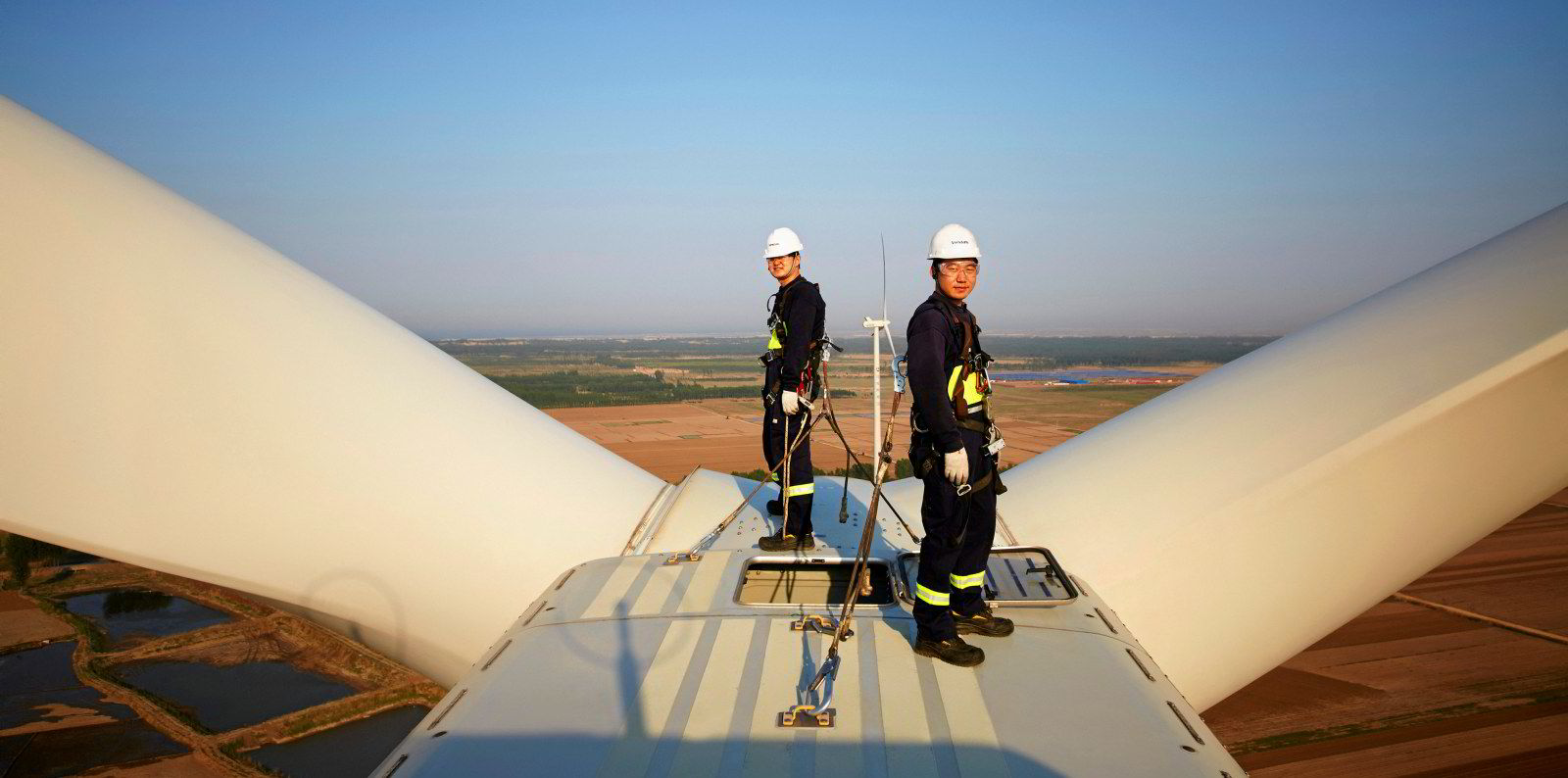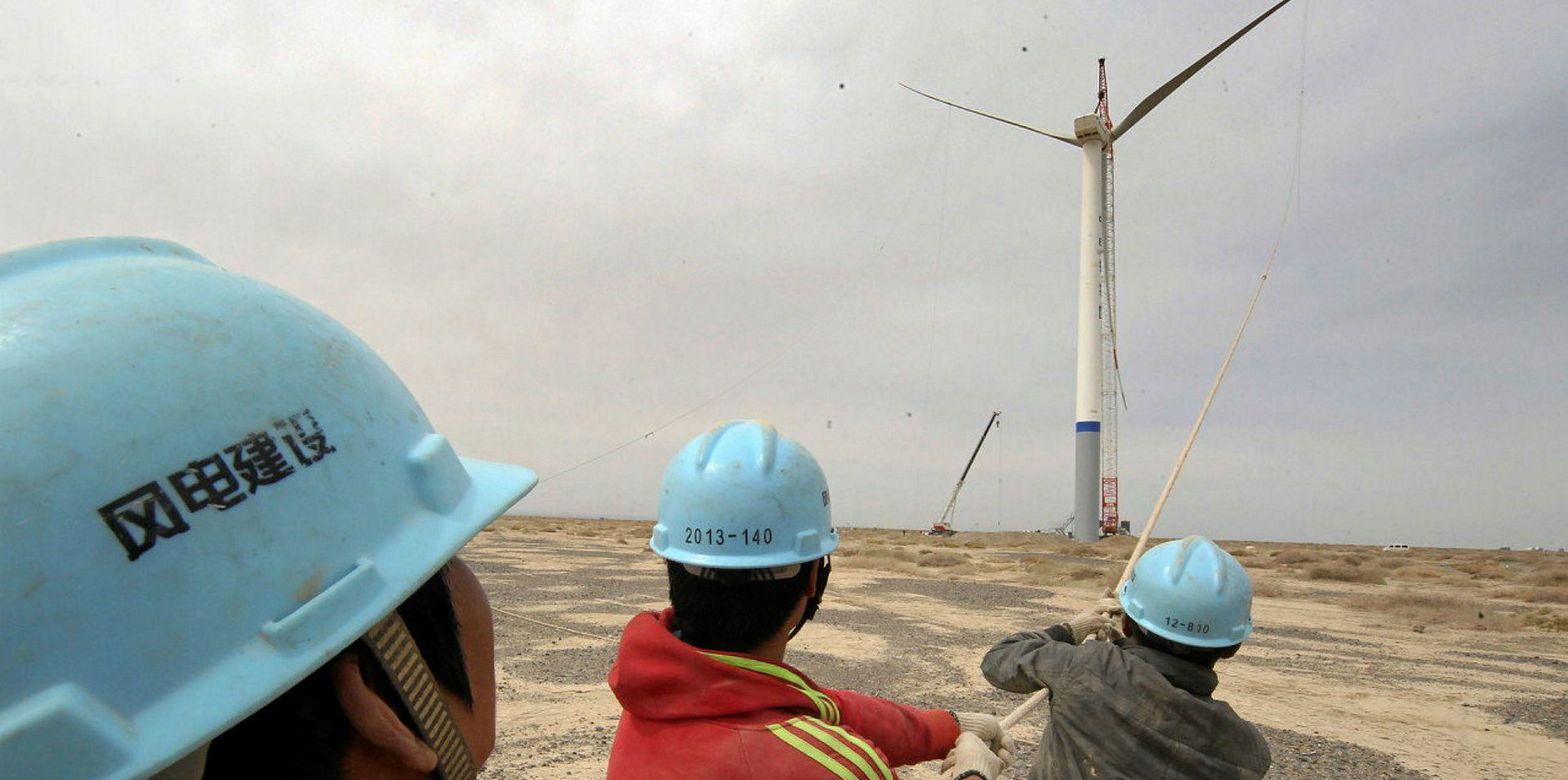China’s latest five-year plan for its economy represents “baby steps” towards decarbonisation and leaves the door open for emissions to keep growing for another half decade, said analysts.
The five-year plan – the cornerstone of China’s centrally-controlled economic strategy – was expected by some to include early radical steps towards goals for peak emissions by 2030 and net zero goal for 2060 announced by President Xi Jinping last year, which were followed by a pledge to push combined wind and solar capacity past 1,200GW by the end of the decade, three times the level in place at the start of 2020.
But commentators said the two main targets set out in the plan fall short of any such spectacular moves.
A goal of a 20% non-fossil share in total energy consumption by 2025 represents an increase from 15.9% in 2020, a “modest acceleration” according to Lauri Myllyvirta, an analyst at the Centre for Research on Energy and Clean Air (CREA), who said the whole plan represented “baby steps” towards decarbonisation.
The other headline target is a reduction in carbon emissions per unit of GDP by 18% by mid-decade – although for the first time there is no GDP goal in the Five-year plan, or an upper cap on total energy consumption.
Myllyvirta said: “Without the energy consumption control target, there’s even less in this five-year plan to constrain emissions growth than in the previous ones.
“As a result, there’s no guarantee that emissions growth will slow down, let alone stop, by 2025.”
More heavy lifting needed
Yan Qin, lead analyst at Refinitiv Carbon Research, agreed. “China will need to do more heavy-lifting in this period to achieve its climate target of peak carbon before 2030.
“The minus 18% carbon intensity goal for 2021-2025 leaves room for yearly emissions to increase at least 10% (around 1Gt) by 2025, based on the assumption of 5% GDP growth per year in 2021-2025.”
With oil and gas consumption still expected to grow, and coal use not peaking until 2025, success in controlling emissions will depend heavily on the contents of a separate energy sector plan due later this year, said CREA’s Myllyvirta.
As expected, no new renewable energy targets were included in the new five-year Plan, although China may have to boost its 1,200GW 2030 goal even higher to meet its climate objectives, Myllyvirta added.
One generation source that did get a specific mention – and an unexpected boost – was nuclear, which did get a new capacity target of 70GW by 2025, up from 52GW now.




